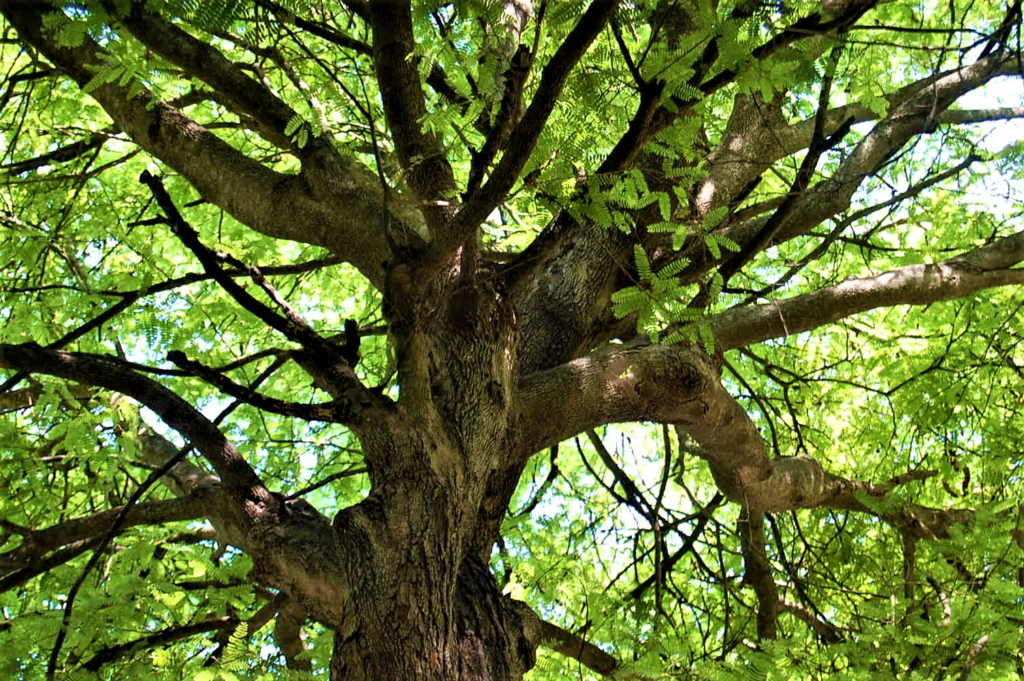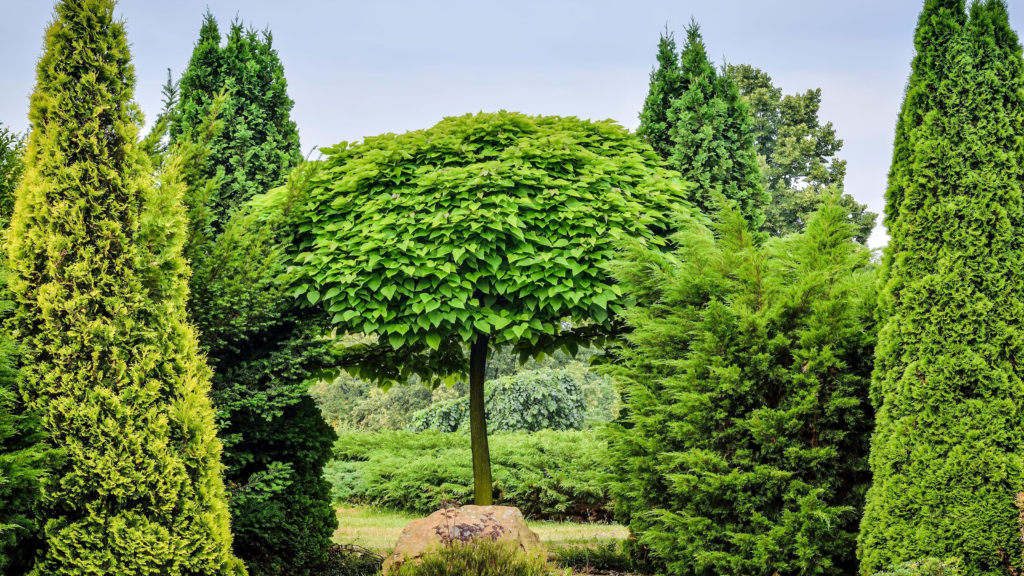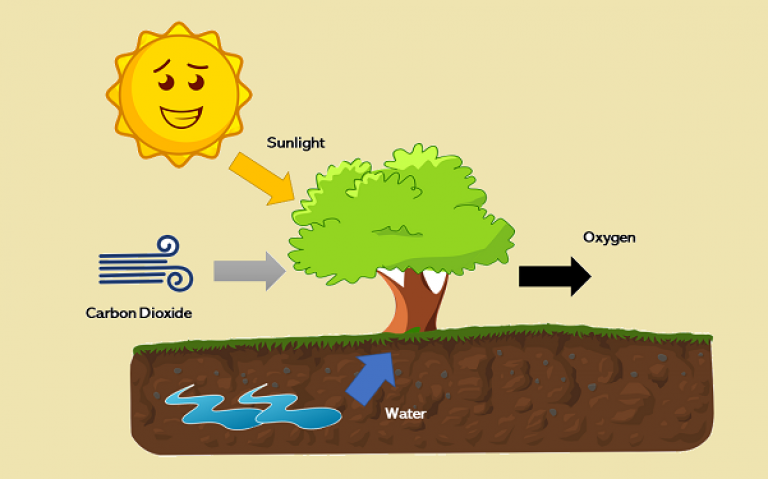Trees
key notes:
What Is a Tree?

- Definition: A tree is a tall plant with a trunk that supports branches and leaves.
- Parts of a Tree: Trees have roots, a trunk, branches, and leaves or needles.
Parts of a Tree
Roots:

- Anchor the tree in the ground and absorb water and nutrients.
Trunk:

- Supports the tree and transports water and nutrients from the roots to the leaves.
Branches:

- Extend from the trunk and hold the leaves.
Leaves:

- Capture sunlight to make food for the tree through a process called photosynthesis.
Types of Trees
Deciduous Trees:

- Lose their leaves in the fall (e.g., maple, oak).
Evergreen Trees:

- Keep their leaves year-round (e.g., pine, fir).
Importance of Trees
Provide Oxygen:

- Trees produce oxygen that we breathe.
Home for Animals:
- Many animals live in trees or use them for shelter.
Shade and Cooling:

- Trees provide shade and help cool the air.
Reduce Pollution:

- Trees help clean the air by absorbing pollutants.
How Trees Grow
- From Seeds: Trees start from seeds, which grow into seedlings and then mature into full-sized trees.
- Growth Rings: The trunk of a tree has rings that show how old the tree is. Each ring represents one year of growth.
Fun Facts About Trees
- Oldest Trees: Some trees can live for thousands of years.

- Tallest Trees: The tallest trees in the world are redwoods, which can grow over 300 feet tall.
let’s practice!

